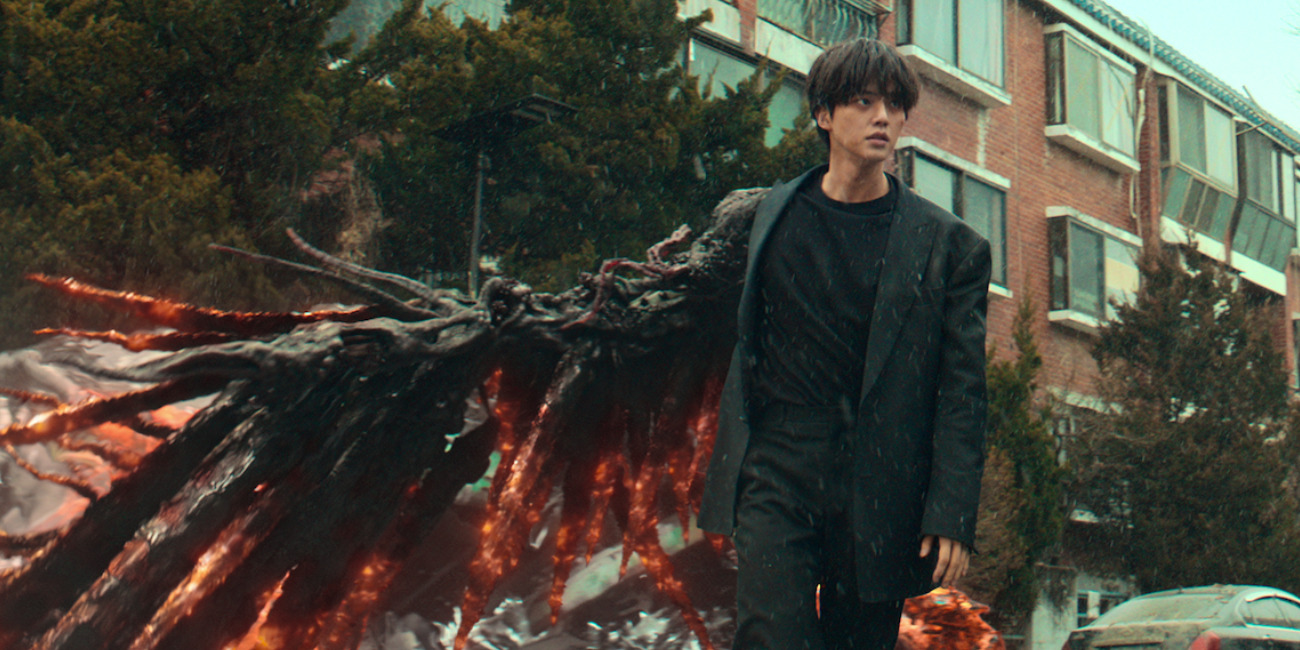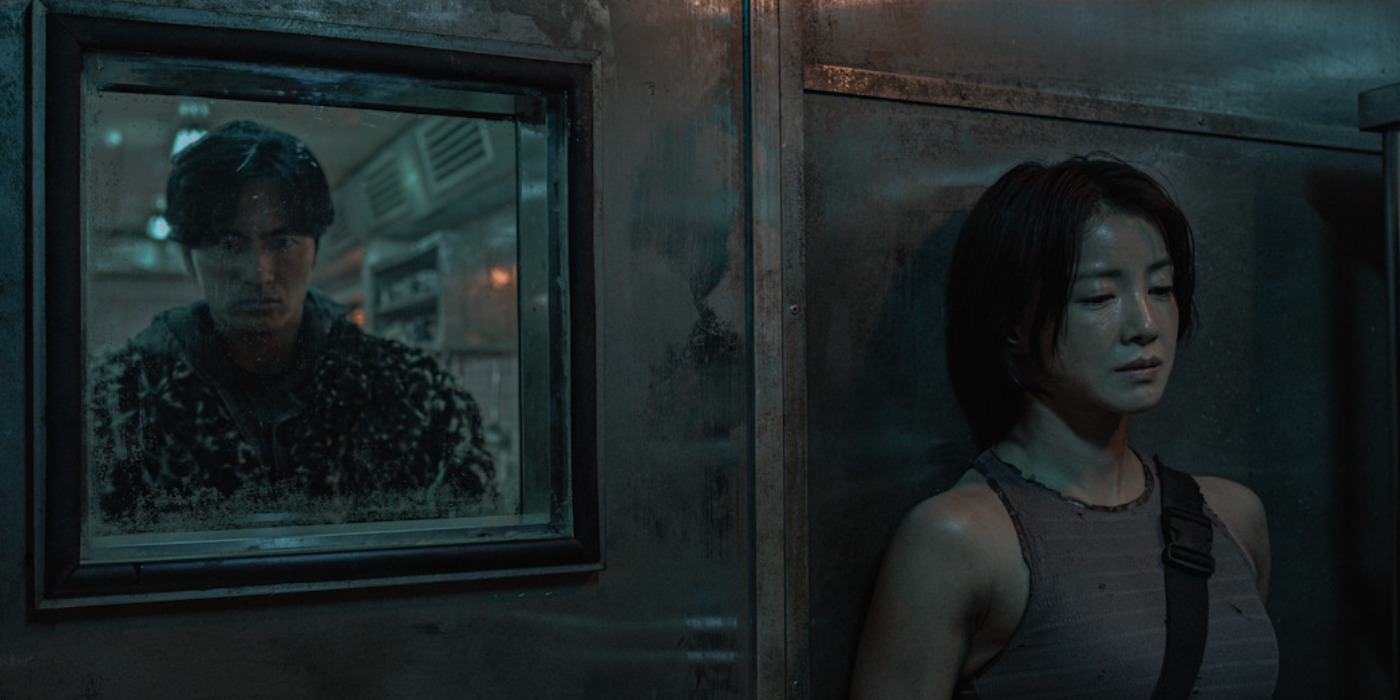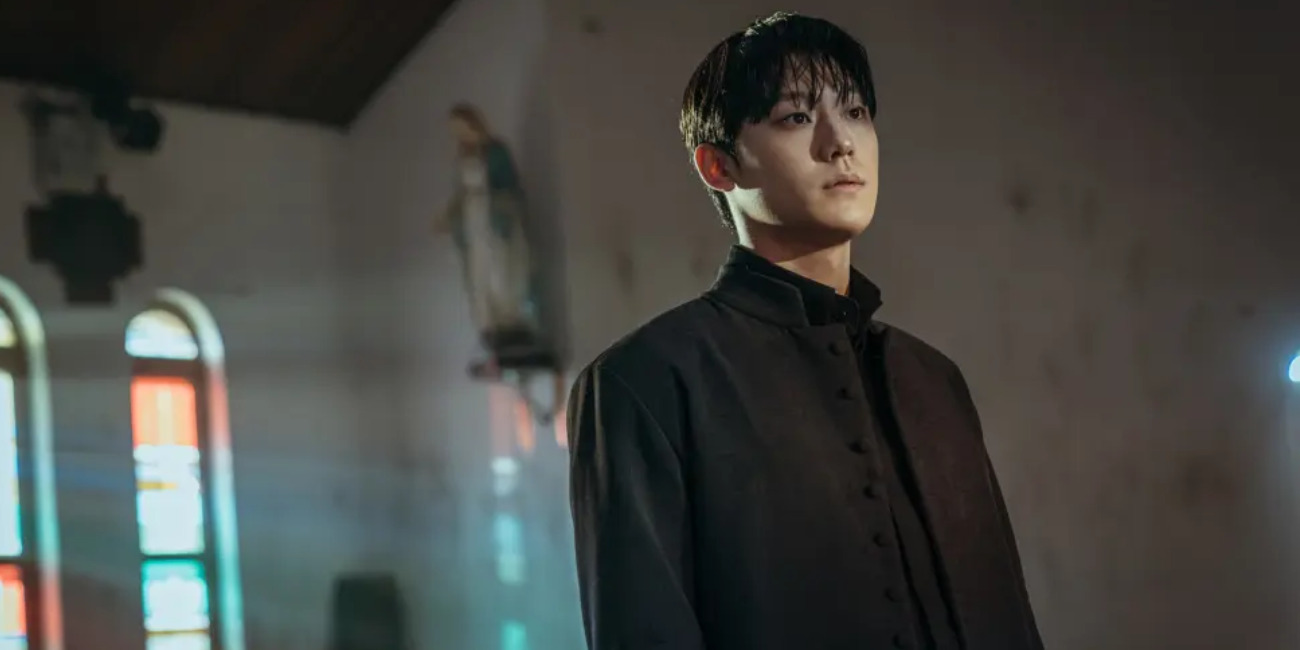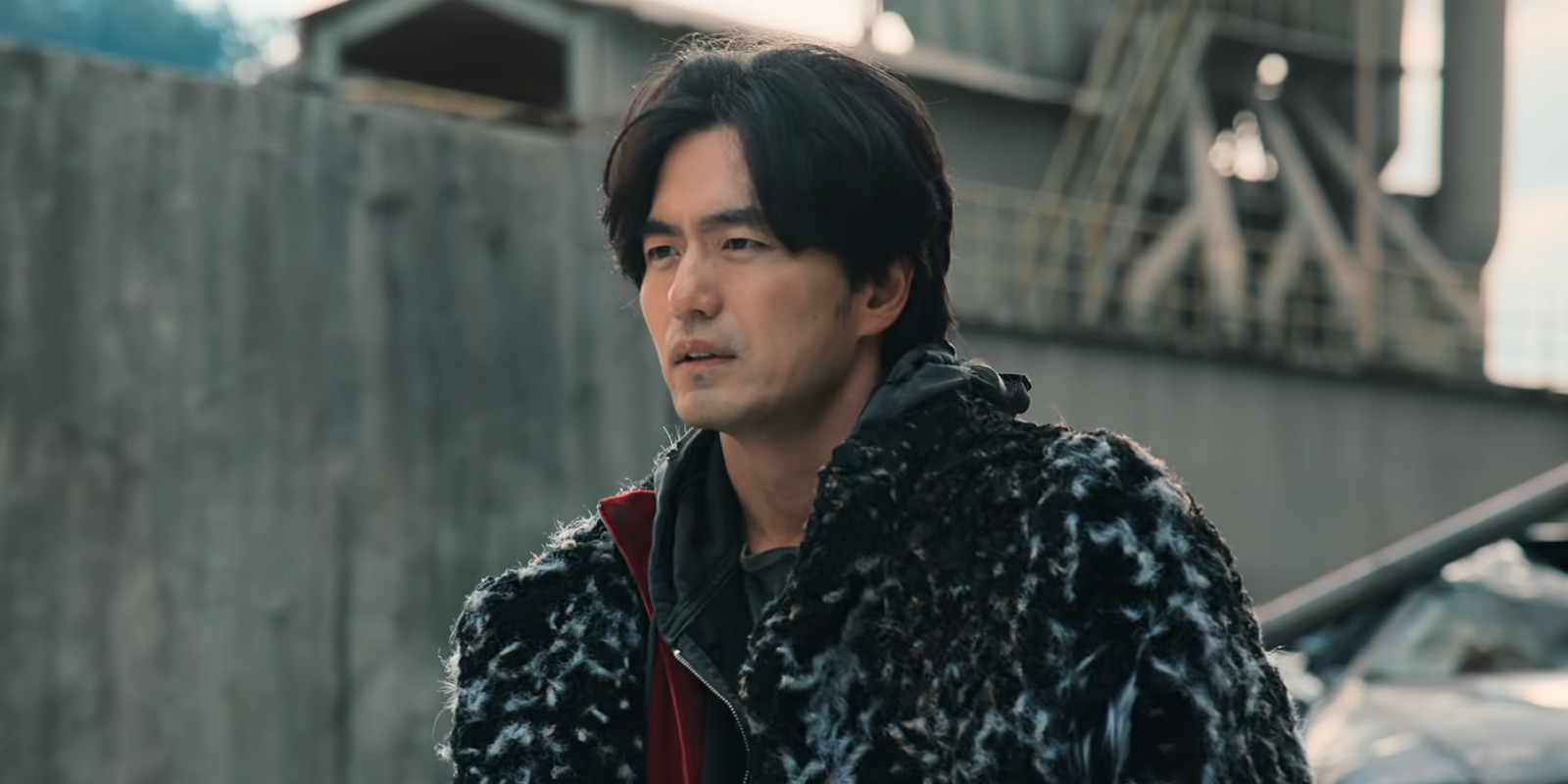Over the course of three seasons, the Netflix K-Drama ‘Sweet Home’ establishes an onslaught of lore revolving around monsters and their existence beside humanity. The show primarily centers around Cha Hyun-su, whose story starts in an apartment complex that becomes the home base for numerous survivors. Hyun-su is one of the earliest cases of Special Infectees introduced in the show, as he remains inexplicably able to fight his complete monsterization and retains control over his powers.
As the plot progresses, some characters swap out the apartment for a military-run bunker in a stadium, and Yi-kyung gives birth to a peculiar monster-born human. Furthermore, the series’ central antagonist, revealed to be Nam Sang-won, controls his own crew of Special Infectees who are on a mission to make more. As such, the idea of special infectees with abilities to control their monsterization continues to hold the fans’ attention throughout the show, leading to intrigue about their origin. SPOILERS AHEAD!
What are Special Infectees?
The show revolves around the monsterization curse, which can target any human who grows vulnerable to their deepest desire, succumbing to them. Once the same happens, the human enters the early stages of monsterization, with hallucinations and voices in one’s head presenting as early symptoms. Extreme nosebleeds are the final symptom that shows up before the individual turns into their monstrous form. However, some people prove to be an exception to this rule. Hyun-su was the first person to escape the dehumanizing aspects of monsterization, marking himself as the earliest Special Infectee.

As a suicidal teenager, Hyun-su was particularly prone to the monster epidemic. However, once his monster side came out, it only manifested in the form of one lethal wing. On the other hand, most of the other characters who turn end up transforming entirely into their monstrous selves, losing their humanity along the way. As other plot elements come into play, the narrative reveals that others like him also exist, with Nam Sang-won, also known as Ui-myeong, presenting a prime example of the same. Although these two characters remain the only notable instance of Special Infectees in the show for a while, the second season finale reveals that Sang-won has been attempting to build an army of such creatures in Dr. Lim’s Bamseom research lab.
Dr. Lim’s Research and the Creation of Special Infectees
Although the circumstances behind Hyun-su’s classification as a special infectee remain unknown, the show provides some answers about Sang-won and his crew’s relationship to the monsterization process. At the show’s start, Sang-won volunteered as a test subject for his friend, Dr. Lim, to conduct experiments on when he started showcasing the early signs of the monster curse’s infection. As a result, he ended up undergoing inhumane experimentation until it led to his presumed death.

Lim used Sang-won’s blood to experiment with his other test subjects during this time. Consequently, due to the latter’s unique condition, his blood acted as a tool to trigger a divergence in the monsterization process of other test subjects. As such, those who were trapped as Lim’s test subjects—referred to as MHs—evolved into Special Infectees with more control over their monstrous powers than others. Nonetheless, the secret of Sang-won’s blood being the key ingredient in this transformation remains hidden from the man himself and his crew. Instead, Lim keeps the information secret while storing a vial of the stuff in one of the special infectees’ bodies for later use.
For the same reason, despite their continued effort, Sang-won and his crew never succeed in their attempts to make others like themselves for their special infectee army. Ultimately, Sang-won’s blood remains the only known substance that can trigger such transformation. Since they are the only group to truly be between monsters and humans, inextricably both, their existence remains powerful and fascinating. Nonetheless, as Sang-won destroys the last vial of his blood by the show’s end, there doesn’t seem to be any alternatives left to jumpstart the creation of such human-monster hybrids.
Special Infectees are not Neo-humans
Even though Sang-won once referred to himself as a Neo-human in season 2, the third season confirms the distinction between people like Sang-won and Hyun-su and Neo-humans. Unlike Special Infectees, Neo-humans are the inevitable pitstop in human evolution— or at least they are, as per Eun-hyeok’s belief. Eun-hyeok undergoes monsterization at the end of season 1 but returns as a Neo-human in season 2’s finale. As it would turn out, he became a monster after the process initially took hold of him. Nonetheless, after he was killed as a monster, he entered into a cocoon and emerged as a Neo-human.

Neo-humans are born after a monster is killed, forming a cacoon and returning as their human selves. They retain their memories from their human lives and their powers from when they were monsters. However, they shed the mindless violence of the latter and the emotions interlaced with their humanity. Thus, they emerge as an evolved species that can never truly die. Each time a Neo-human is killed, they simply return to their cacoon forms and come back to life. In contrast, Special Infectees remain at once more monstrous and more human than Neo-humans. As such, while the latter is an evolutionary step, Special Infectees like Hyun-su seem to be exceptional evolutionary outliers.
Read More: Sweet Home Season 3 Ending, Explained: Is Yi-su Dead or Alive?


You must be logged in to post a comment.